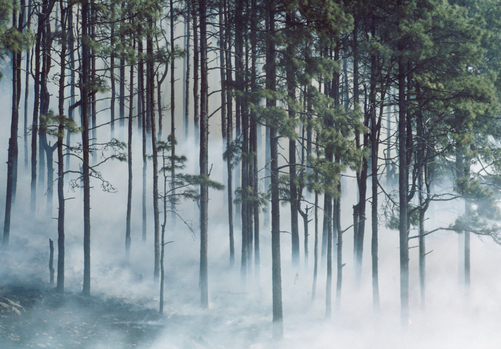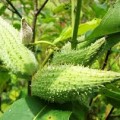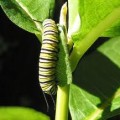- Attached to the essay "The Bugs and Us"
How endangered are the Monarchs, and how can we help?
Posted July 21, 2011 12:11 amThe Monarch is now #8 on the World Wildlife’s Fund’s list of the 10 most critically endangered species. Some scientists claim that this year the Monarch population is down by 90%, the lowest in years, though concern is with the disruption of the Monarch migration, not with their extinction. Torrential rains this past winter have caused landslides in the region, but the long term problem is habitat loss, which has shrunk from 9 to 1.9 hectares in a decade.
Deforestation, poor land use, and the herbicides used in ever-expanding corn and soybean farms all contribute, not to mention the increasing effect of climate change. See link.
Planting milkweed, the Monarch’s principal food source, is one positive step we can take. Those who live east of the Rockies can buy milkweed plants and seeds, as well as monarch eggs and caterpillars through: http://www.livemonarch.com.
Have you tried this? What was your experience?
topics: nature
share
 site feed
site feed
Some faint hope for the Monarchs
The Associated Press reported on 2/10/15 that the US government had pledged $3.2 million toward the effort to preserve Monarch habitat. Two million will go ...
Sad news on the monarchs
The figures in a 2/10/15 Associated Press report give the sad news that the 2014 Monarch migration numbers were, along with those of 2013, the ...
Threads connect: Monarchs and climate change
Barbara Kingsolver has a new book out, Flight Behavior, that brings together two threads I've been pursuing. The theme of the book is climate ...






